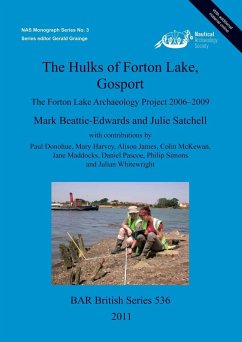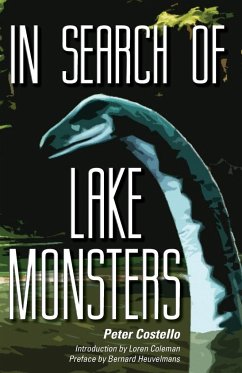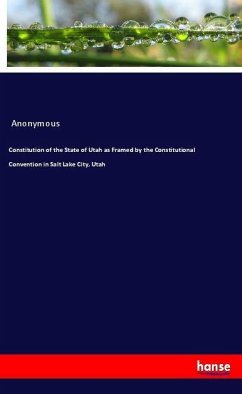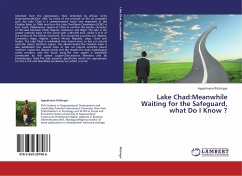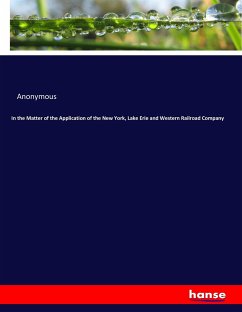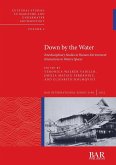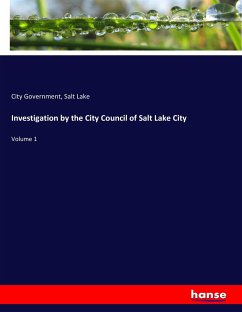Nautical Archaeology Society (NAS) Monograph Series No. 3 This monograph is the result of four years' work investigating the archaeology of Forton Lake in Gosport, Hampshire, England. Chapter 1 provides an introduction to the Forton Lake Archaeology Project and to the location of the lake. Chapter 2 details the archaeology and history of the area around Forton Lake. Chapter 3 concentrates on the implementation of the project, the archaeological methodologies employed and the ways in which skills training and public engagement opportunities were maximized. Chapter 4 catalogues the results of the surveys and excavations under the headings of transportation, ferries and lifeboats, fishing, military and unclassified remains. Finally, Chapter 5 discusses the project in the context of the development of intertidal hulk recording methods and management strategies for intertidal archaeological remains and makes recommendations for further study. The project has demonstrated that the remains of abandoned vessels are a part of our local and national heritage that deserve greater recognition, alongside wrecks in the marine zone and historic vessels whether still floating or in dry dock. There is a large public appetite for maritime heritage, which is witnessed through the numbers of those volunteering to be involved in practical fieldwork and of those who visit historic vessels and by the response to discoveries such as the Newport Ship in 2002. By highlighting how these vessels are part of the maritime heritage continuum, their status is increased and public understanding and appreciation enhanced. Only with broad support will the degrading remains of a vast array of vernacular craft be appreciated for their historic legacy and a record of them developed for present and future generations. The work at Forton Lake has developed such a record for 25 vessels; it is not claimed this work is exhaustive; instead it is hoped this will inspire further research on the collection in the future. With contributions by Paul Donohue, Mary Harvey, Alison James, Colin McKewan, Jane Maddocks, Daniel Pascoe, Philip Simons and Julian Whitewright
Hinweis: Dieser Artikel kann nur an eine deutsche Lieferadresse ausgeliefert werden.
Hinweis: Dieser Artikel kann nur an eine deutsche Lieferadresse ausgeliefert werden.

